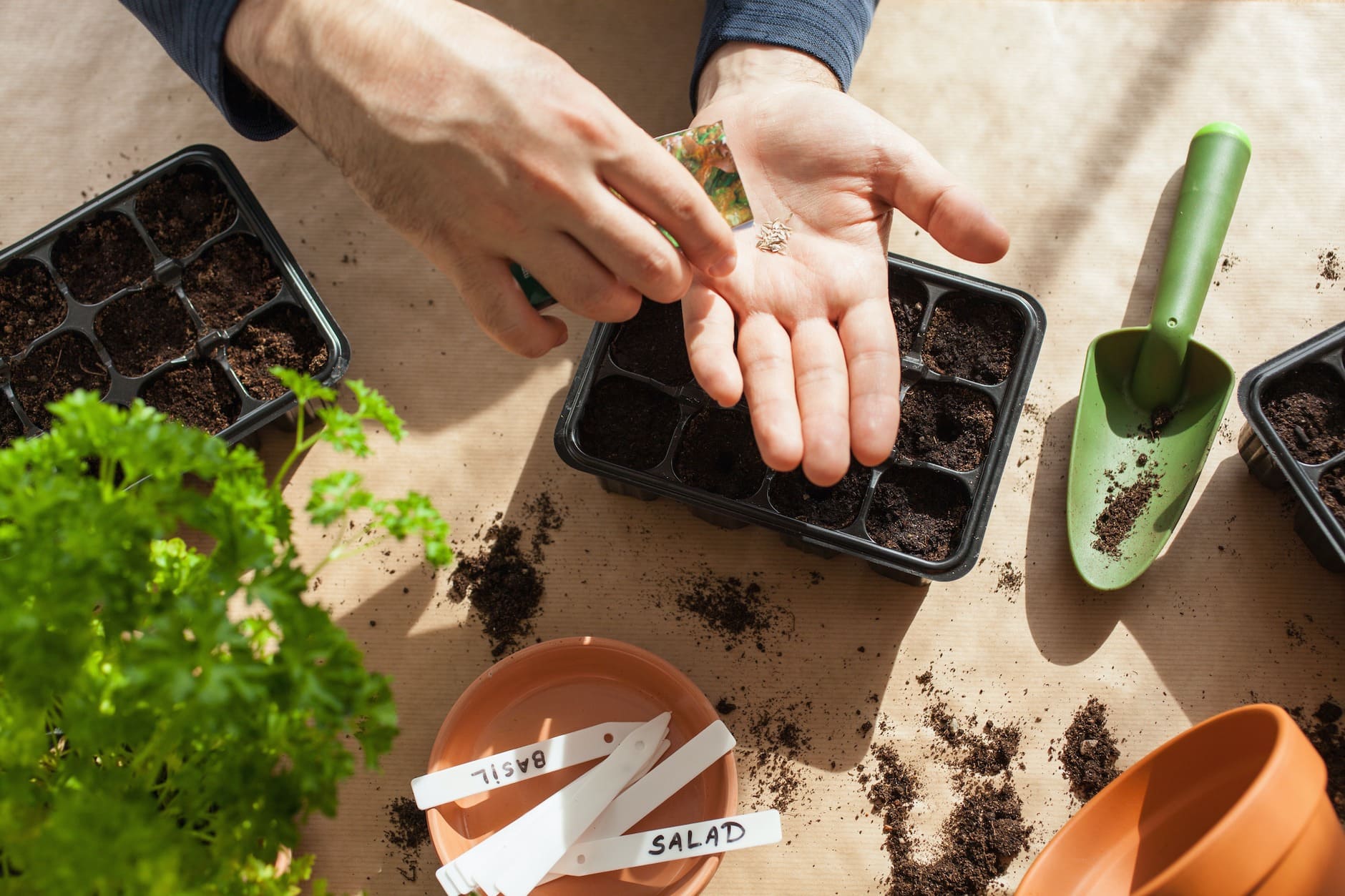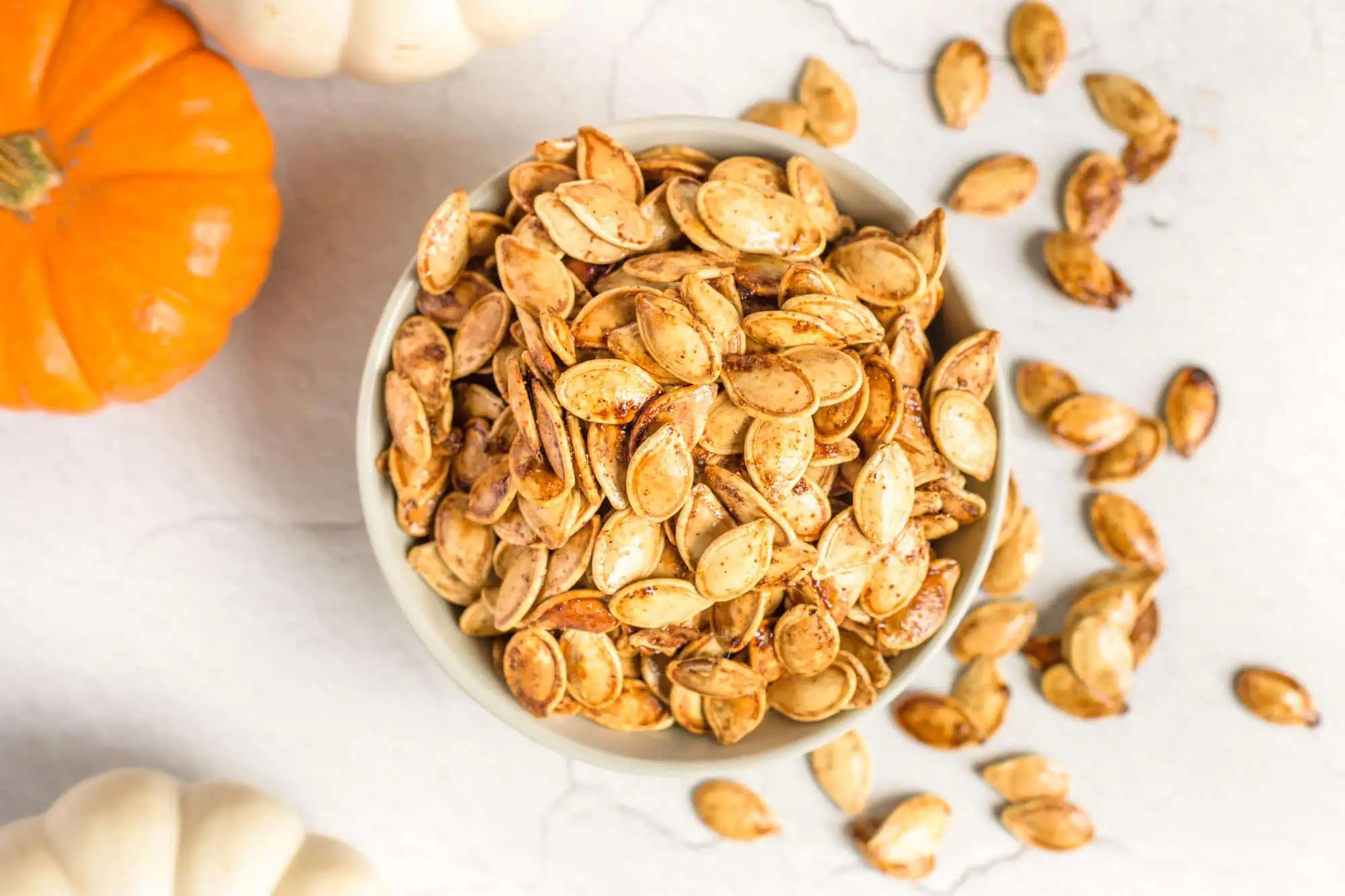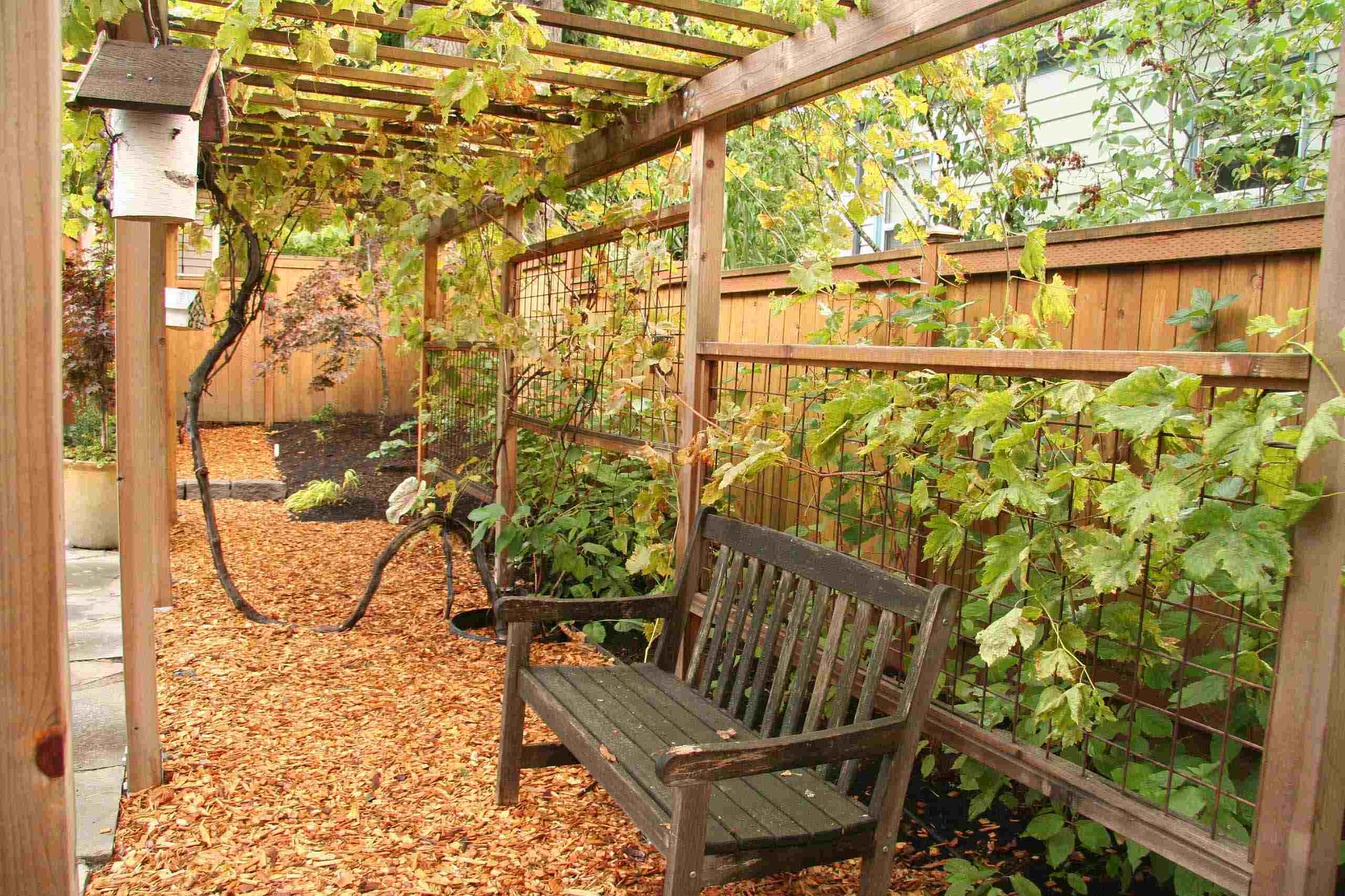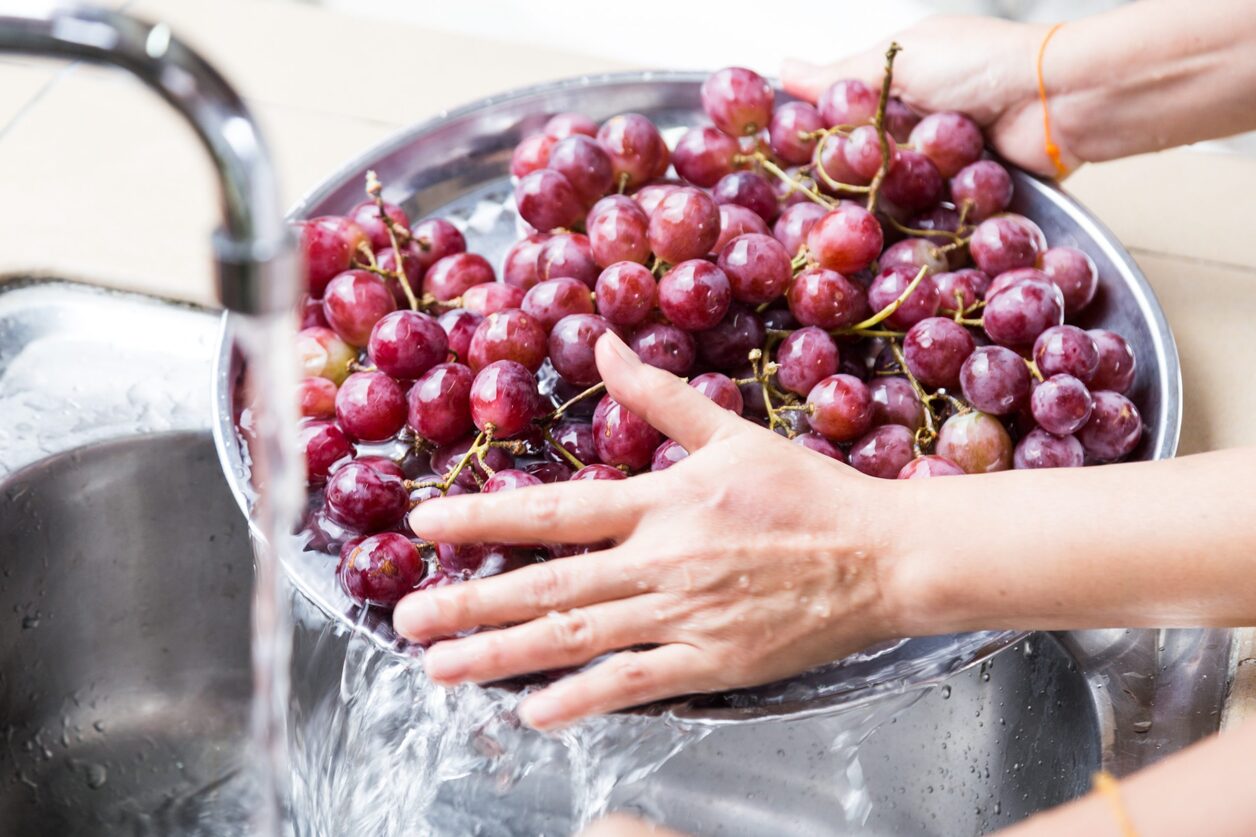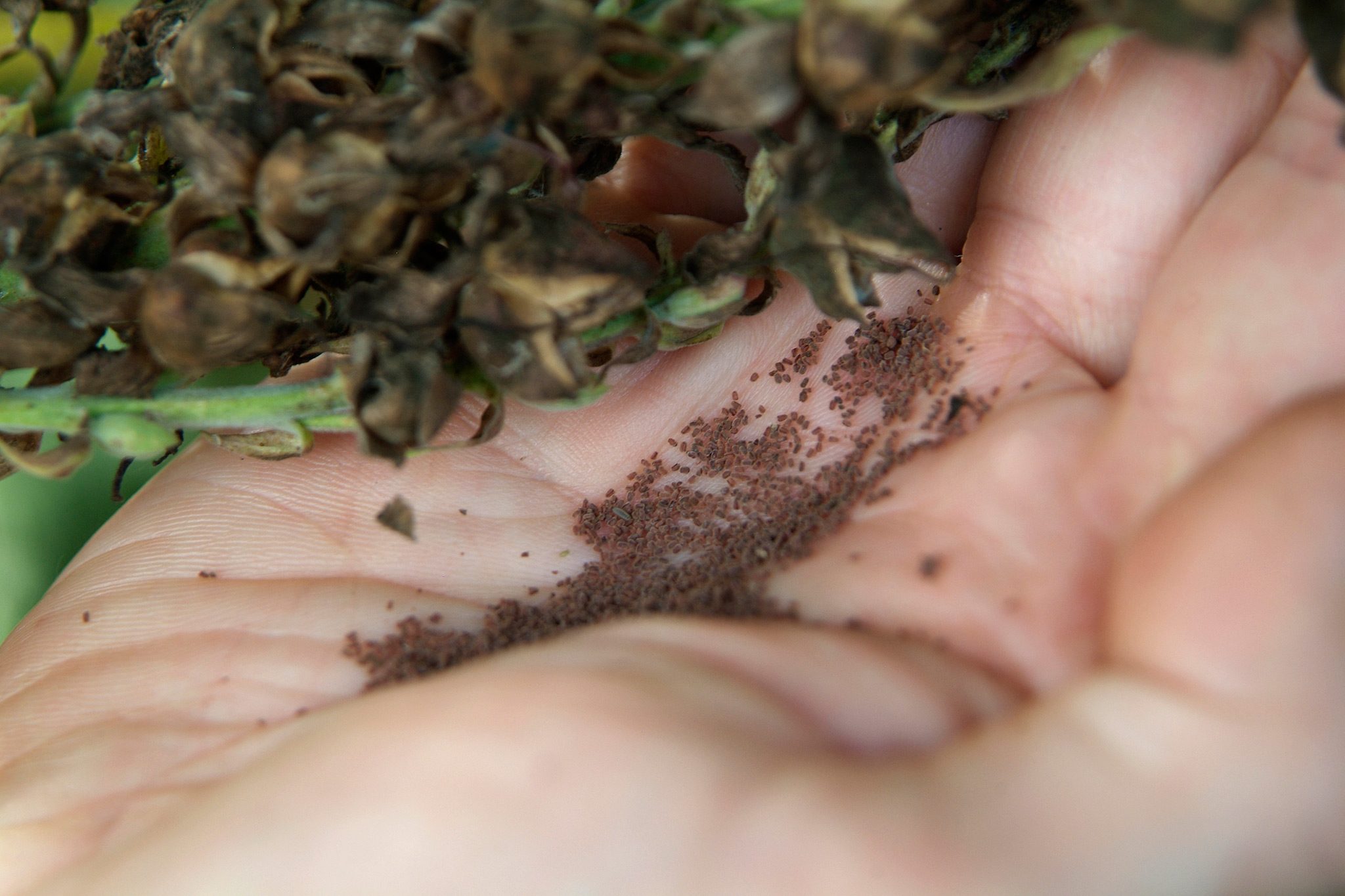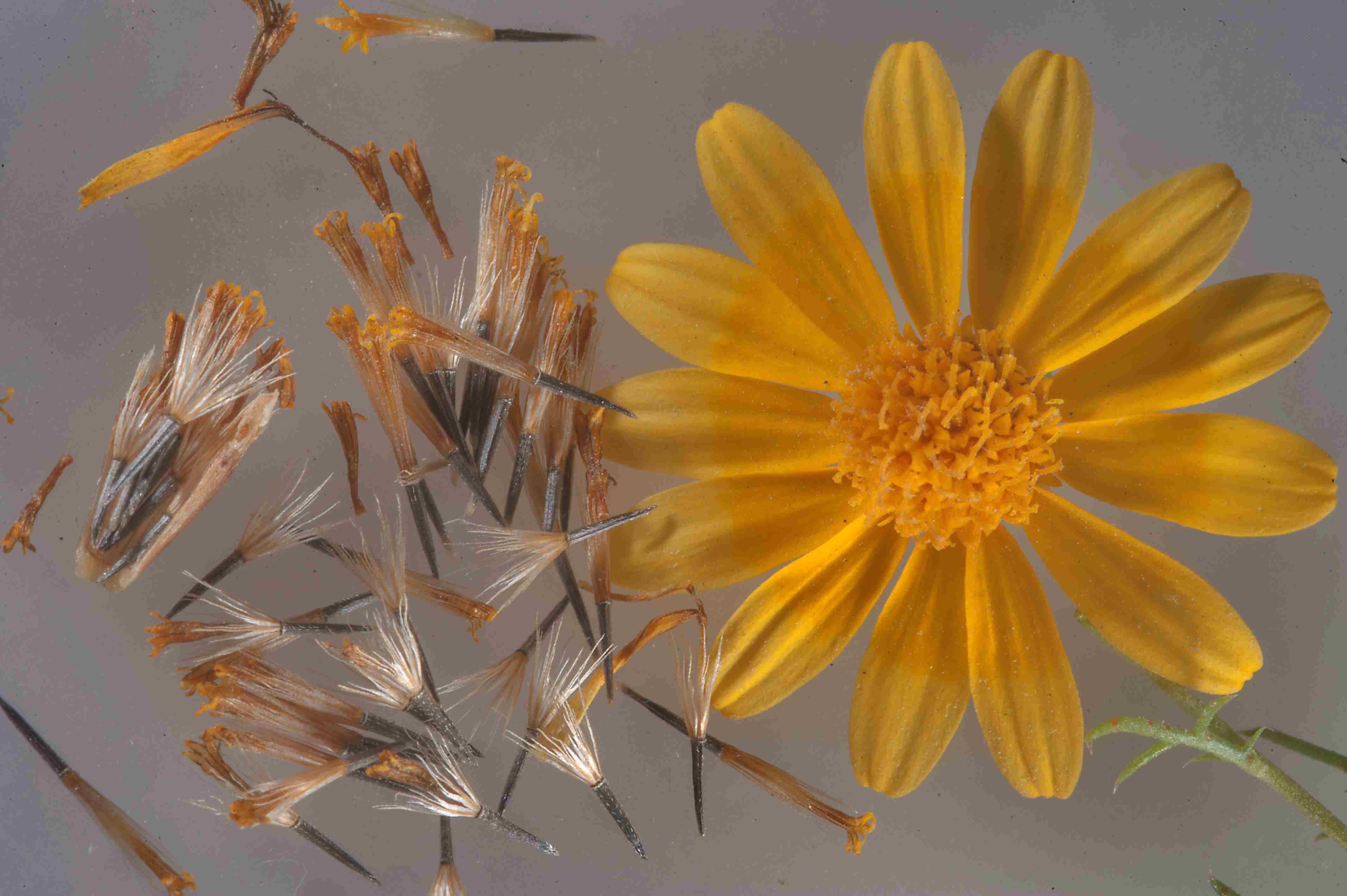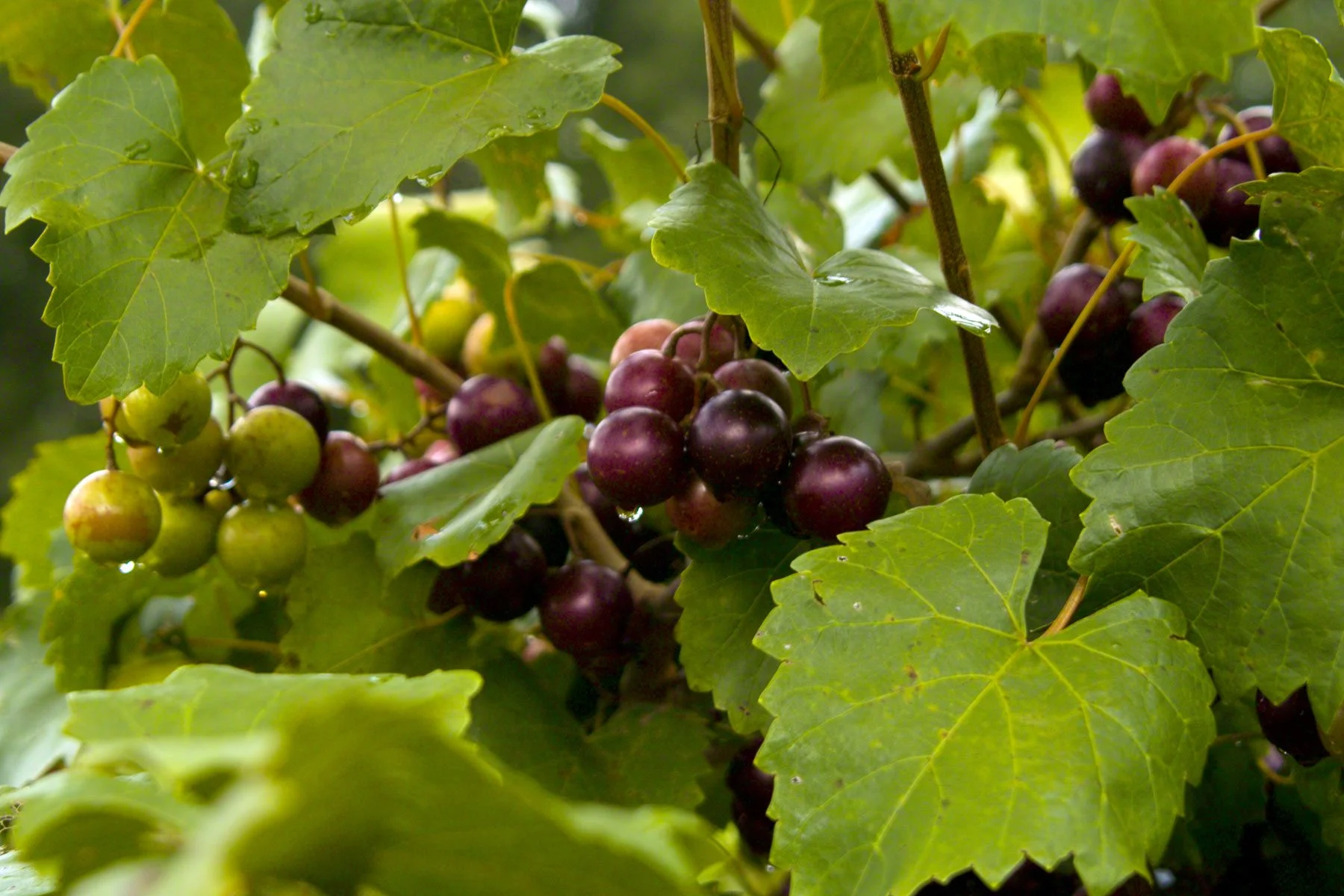Home>Types of Gardening>Edible Gardening>How To Dry Grape Seeds For Planting


Edible Gardening
How To Dry Grape Seeds For Planting
Published: September 5, 2023
Learn how to dry grape seeds for planting in your edible gardening journey. Discover the step-by-step process and tips to ensure successful seed propagation.
(Many of the links in this article redirect to a specific reviewed product. Your purchase of these products through affiliate links helps to generate commission for Chicagolandgardening.com, at no extra cost. Learn more)
Table of Contents
Introduction
Welcome to the world of edible gardening, where you can cultivate your own delicious and nutritious fruits, vegetables, and herbs. One particular area of edible gardening that has gained popularity in recent years is growing grapes. While many gardeners opt to buy grapevines from a nursery, some adventurous souls prefer to start from scratch by growing grapes from seeds.
Starting grapes from seeds can be a rewarding experience as you witness the entire growth cycle of these beautiful vines. However, before you jump into sowing grape seeds, it is important to understand the process of drying them. Drying grape seeds not only helps to preserve their viability but also increases the chances of successful germination.
Throughout this article, we will guide you through the process of drying grape seeds for planting. We will explore different drying methods and provide tips for storing your dried grape seeds. So, let’s get started on your edible gardening journey and learn how to dry grape seeds like a pro.
Preparing the Grape Seeds
Before you begin the drying process, it’s important to properly prepare the grape seeds. Here are some steps to follow:
- Harvesting the grape seeds: Harvest your grape seeds from fully ripe grapes. Select healthy grapes with no signs of disease or damage. Gently remove the seeds from the grape pulp and place them in a clean container.
- Cleaning the grape seeds: To ensure optimal drying and storage, it’s crucial to clean the grape seeds. Rinse them under lukewarm water to remove any remaining grape pulp. Gently pat them dry with a clean towel.
- Scarifying the grape seeds (optional): Some gardeners choose to scarify the grape seeds to increase germination rates. This process involves gently scratching the seed coat to encourage water absorption. Use a sharp knife or sandpaper to carefully nick the outer layer of each seed.
- Allowing the grape seeds to dry: After cleaning and scarifying (if desired), it’s time to let the grape seeds dry. This will help prevent mold formation during the drying process. Spread the seeds evenly on a clean, dry surface such as a plate or tray.
Once you have prepared the grape seeds, you are ready to move on to the next step: selecting the ideal drying method.
Selecting the Ideal Drying Method
There are different methods you can choose from when it comes to drying grape seeds. Each method has its own advantages and considerations. Here are two popular drying methods:
- Air Drying Method: The air drying method is simple and requires minimal supplies. To dry grape seeds using this method, spread them in a single layer on a paper towel or a mesh screen. Place the seeds in a cool, well-ventilated area away from direct sunlight. Allow the seeds to air dry for about one to two weeks, occasionally turning them over to ensure even drying. This method is suitable for those who prefer a hands-off approach and have the patience to wait for the seeds to dry naturally.
- Paper Towel Method: The paper towel method is another option for drying grape seeds. Start by placing the cleaned and scarified seeds on a dampened paper towel. Fold the paper towel carefully, ensuring the seeds are enclosed within. Place the folded towel in a plastic bag but leave it slightly open to allow air circulation. Store the bag in a cool, dark place and check periodically to ensure the paper towel remains slightly damp. This method provides consistent moisture levels while drying the seeds, which can promote faster germination when it comes time to plant them.
Consider factors such as convenience, space availability, and the time you are willing to dedicate to the drying process when selecting the ideal method for drying your grape seeds.
No matter which method you choose, remember that patience is key. Properly dried grape seeds are crucial for their viability, so be sure not to rush the process.
Drying Grape Seeds using the Air-Drying Method
The air-drying method is a popular and straightforward way to dry grape seeds. Follow these steps to successfully dry your grape seeds using this method:
- Prepare a suitable drying surface: Choose a clean, dry surface such as a plate or a mesh screen. Make sure it is large enough to accommodate the grape seeds in a single layer.
- Spread the grape seeds: Take the cleaned and possibly scarified grape seeds and spread them out on the drying surface. Make sure to arrange them in a single layer, allowing enough space in between each seed for proper air circulation.
- Select an ideal drying location: Find a cool and well-ventilated area to place the drying surface. Avoid direct sunlight, as it can potentially damage the seeds or cause uneven drying. An indoor room with good airflow is usually the best option.
- Allow the seeds to air dry: Leave the grape seeds undisturbed for about one to two weeks. During this time, the seeds will gradually lose moisture as they dry naturally. It’s important to periodically check on them and give them a gentle shake or flip to ensure even drying.
- Check for dryness: After the recommended drying period, check if the grape seeds are dry. They should feel hard and brittle to the touch. If there is any residual moisture, continue to air dry them for a few more days.
Once the grape seeds are completely dry, you can move on to the next step: storing them properly to maintain their viability.
The air-drying method is convenient and requires minimal effort. It allows the grape seeds to dry naturally, which can enhance their chances of successful germination when planted.
Drying Grape Seeds using the Paper Towel Method
The paper towel method provides a controlled environment for drying grape seeds, ensuring consistent moisture levels. Follow these steps to effectively dry your grape seeds using this method:
- Dampen the paper towel: Start by dampening a paper towel with clean water. Squeeze out any excess moisture, ensuring that the towel is slightly damp but not soaking wet.
- Place the grape seeds: Take the cleaned and potentially scarified grape seeds and lay them in a single layer on the dampened area of the paper towel. Space the seeds out evenly, ensuring they are not touching each other.
- Fold the paper towel: Gently fold the paper towel, enclosing the grape seeds within it. Make sure to create a compact folded bundle that is easy to handle and fits inside a plastic bag.
- Transfer to a plastic bag: Place the folded paper towel containing the grape seeds inside a resealable plastic bag. Keep the bag slightly open to allow air circulation.
- Store in a cool, dark place: Find a suitable location, such as a cupboard or a drawer, where the plastic bag can be stored undisturbed. The area should have a consistent temperature, away from direct sunlight.
- Check periodically: Regularly check on the grape seeds to ensure that the paper towel remains slightly damp. If it appears to be drying out, carefully re-dampen it with a small amount of water, being cautious not to make it overly wet.
- Monitor for dryness: After about two to three weeks, carefully unfold the paper towel and check the seeds for dryness. They should feel hard and brittle. If any residual moisture is present, continue the drying process for a few more days.
Using the paper towel method allows for consistent moisture levels, promoting faster and more uniform drying of the grape seeds. This method is ideal for those who prefer a controlled environment for drying their seeds.
Once the grape seeds are thoroughly dried, it’s time to store them properly to preserve their viability.
Storing the Dried Grape Seeds
Proper storage is essential to maintain the viability of dried grape seeds. Follow these guidelines to store your grape seeds effectively:
- Use airtight containers: Transfer the dried grape seeds into airtight containers such as small glass jars or ziplock bags. Ensure that the containers are clean, dry, and free from any moisture or contaminants.
- Label the containers: It’s important to label the containers with the grape variety and the date of collection. This information will help you keep track of the seeds’ age and prevent confusion when it’s time to plant them.
- Store in a cool and dark place: Find a cool and dark location to store the containers. A cupboard or a basement shelf is typically a suitable choice. The storage area should have a consistent temperature, ideally between 40°F (4°C) to 50°F (10°C).
- Avoid temperature fluctuations: Fluctuations in temperature can reduce the viability of the grape seeds. It’s best to avoid storing them in areas with significant temperature variations, such as near windows or heating vents.
- Minimize exposure to light and humidity: Light and moisture can also affect the viability of the seeds. To minimize exposure, store the containers in dark and dry conditions. Avoid areas that are prone to high humidity, as excessive moisture can lead to mold growth.
- Regularly check for seed viability: Over time, the viability of the grape seeds may decrease. To ensure the best chances of germination, periodically perform a germination test by planting a few seeds in a small container. If they fail to sprout, it may be time to collect fresh seeds or purchase new ones.
By following these storage guidelines, you can prolong the shelf life of your dried grape seeds and increase the likelihood of successful germination when it’s time to plant them.
Conclusion
Growing grapes from seeds can be a rewarding endeavor in your edible gardening journey. By properly drying and storing your grape seeds, you increase the chances of successful germination and the growth of healthy grapevines. Here’s a summary of what we’ve covered:
We began by discussing the importance of preparing the grape seeds, including harvesting them from ripe grapes and cleaning them properly. We also mentioned the optional step of scarifying the seeds to enhance germination rates.
We explored two popular methods for drying grape seeds: the air-drying method and the paper towel method. The air-drying method allows seeds to dry naturally in a well-ventilated area, while the paper towel method provides a controlled environment with consistent moisture levels. Each method has its advantages, so choose the one that suits your preferences and circumstances.
Proper storage is crucial to preserve the viability of dried grape seeds. We discussed the importance of using airtight containers, labeling them, and storing them in a cool, dark, and consistent environment. Avoid temperature fluctuations, light exposure, and excessive humidity to prolong the shelf life of the seeds.
Remember, the viability of grape seeds can decrease over time, so periodically perform germination tests to ensure the seeds are still viable before planting them in your garden.
Now that you are equipped with the knowledge of how to dry and store grape seeds, you can confidently embark on your edible gardening journey and enjoy the beauty and bounty of growing your own grapevines. Happy gardening!
